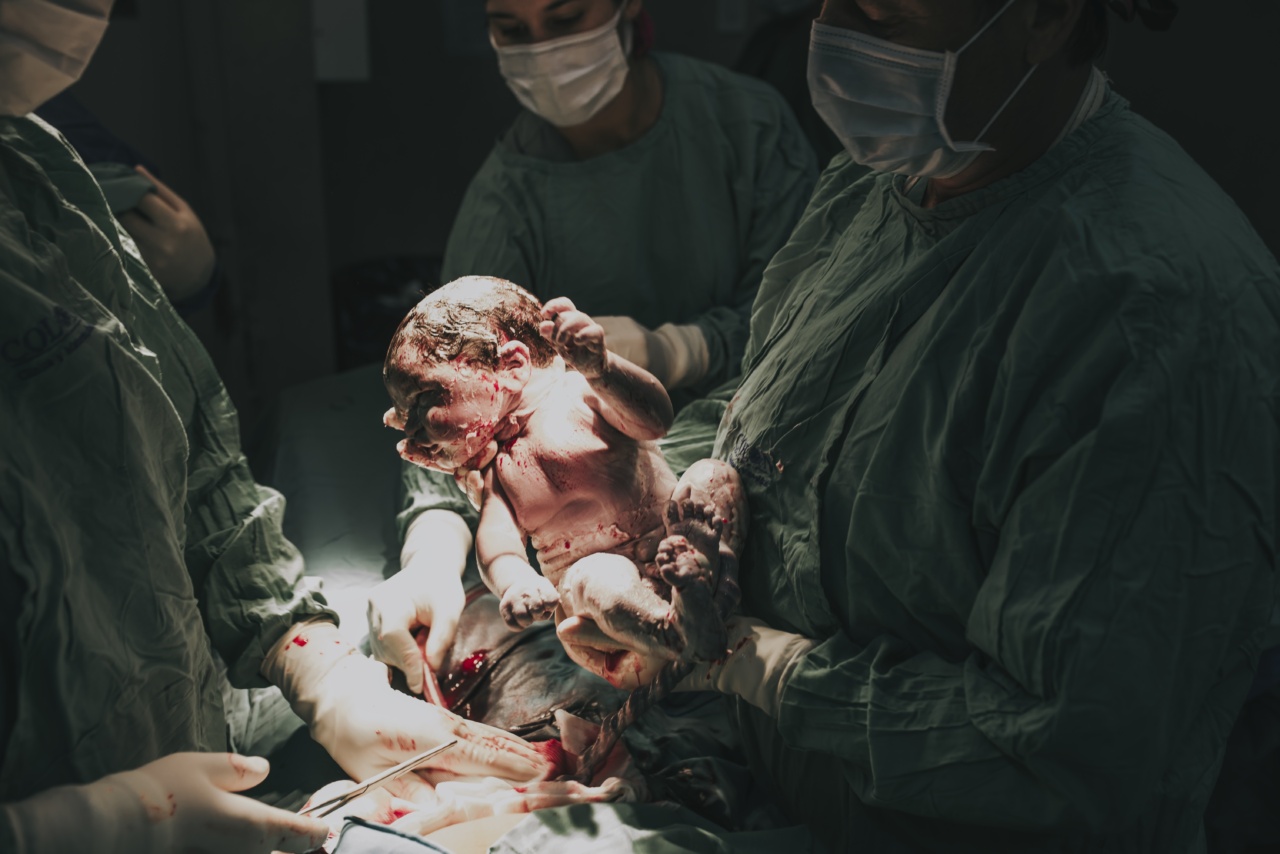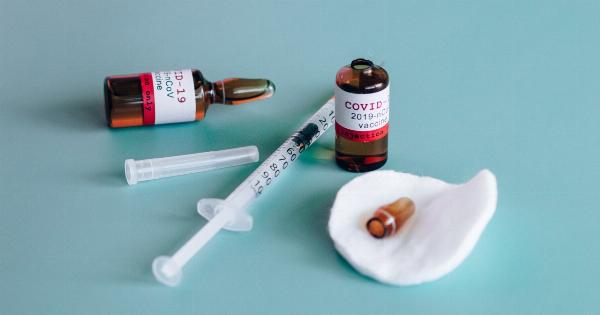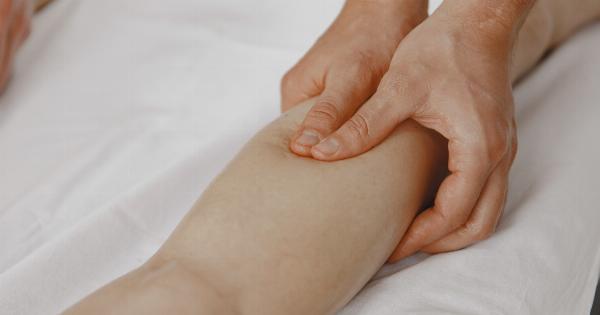After undergoing a C-section birth, many new mothers experience discomfort and pain as they recover from the surgery. Fortunately, breastfeeding can provide numerous benefits that help alleviate the pain and promote a faster recovery.
In this article, we will explore how breastfeeding eases the pain of a C-section birth and discuss various techniques to ensure successful breastfeeding post-surgery.
1. Hormonal Benefits
When a mother breastfeeds, her body releases hormones such as oxytocin and prolactin. Oxytocin, often referred to as the “love hormone,” helps reduce stress levels and promotes relaxation.
This hormone can aid in pain relief and overall well-being, making it an excellent natural remedy for post-C-section discomfort.
Prolactin, on the other hand, is responsible for milk production. Its release during breastfeeding can create a sense of calmness and reduce anxiety.
By promoting these positive hormonal changes, breastfeeding can alleviate the physical and emotional pain associated with a C-section birth.
2. Bonding and Emotional Support
Breastfeeding provides an opportunity for new mothers to bond with their babies and experience emotional support.
The skin-to-skin contact and close physical proximity during nursing can release endorphins, the body’s natural pain-relieving hormones. This bond enhances feelings of love, connection, and reduces stress levels for both the mother and the baby.
Additionally, the act of breastfeeding releases a hormone called prolactin, which induces feelings of well-being and contentment. These emotional benefits can help alleviate the discomfort and pain associated with C-section recovery.
3. Accelerated Healing
The physical act of breastfeeding requires the contraction of the uterus, which helps it return to its pre-pregnancy size. This natural process, known as involution, also helps control postpartum bleeding.
The contractions may cause mild discomfort initially, but they play a crucial role in accelerating healing after a C-section birth.
Furthermore, breastfeeding stimulates the production of colostrum, a nutrient-rich liquid produced by the breasts in the first few days after birth.
Colostrum contains antibodies that help boost the baby’s immune system and protect against infections. By breastfeeding, the mother passes on these beneficial antibodies to her baby, granting them significant health advantages.
4. Pain Reduction
In addition to the hormonal benefits, breastfeeding can directly help alleviate pain.
The release of natural painkillers called endorphins during breastfeeding can provide relief from both surgical incision pain and general aches associated with C-sections. These endorphins act as natural pain relievers, reducing the need for medication and minimizing potential side effects.
Moreover, frequent breastfeeding sessions stimulate the release of oxytocin, which has been shown to have pain-relieving properties. This hormone also aids in promoting better sleep, which is vital for the mother’s healing and recovery process.
5. Reduced Risk of Postpartum Depression
Postpartum depression is a common concern for new mothers, and the risk can be particularly high for those who have undergone a C-section birth. However, breastfeeding can significantly reduce the likelihood of developing postpartum depression.
When a mother breastfeeds, she benefits from increased physical contact and emotional bonding with her baby. These interactions release hormones like oxytocin, which promote a sense of well-being and help combat feelings of sadness or anxiety.
By reducing the risk of postpartum depression, breastfeeding contributes to a smoother recovery after a C-section.
6. Tips for Successful Breastfeeding after a C-Section
While breastfeeding offers numerous advantages for new mothers recovering from a C-section birth, it can present some challenges in the beginning. Here are some helpful tips to ensure successful breastfeeding post-surgery:.
6.1. Find a Comfortable Position
Experiment with different positions to find the most comfortable one for breastfeeding. You may need to try different holds such as the football hold or side-lying position that minimize pressure on the incision area.
6.2. Use Supportive Pillows
Using supportive pillows can alleviate the strain on your back, arms, and incision area while breastfeeding. Positioning pillows strategically can help you achieve a comfortable and sustainable position for nursing.
6.3. Seek Lactation Support
If you encounter any difficulties with breastfeeding post-C-section, seek the help of a lactation consultant. They can provide guidance, assess latch quality, and suggest strategies to address any challenges you may face.
6.4. Take Care of Your Incision
Proper care of your C-section incision is crucial during breastfeeding. Ensure it remains clean and dry, following the guidance provided by your healthcare provider.
Wearing loose clothing and avoiding anything that might irritate the area can also contribute to your comfort.
6.5. Pace Yourself
Remember to pace yourself and prioritize rest. Engage in frequent but shorter breastfeeding sessions to avoid exhaustion. When you feel tired, ask for support from your partner, family, or friends to ensure you get the rest you need for a swift recovery.
Conclusion
Breastfeeding offers an array of benefits for mothers recovering from a C-section birth, ranging from hormonal advantages to pain relief and accelerated healing.
It helps new mothers bond with their babies, providing emotional support while reducing the risk of postpartum depression. By following tips for successful breastfeeding post-surgery, mothers can enhance their comfort and optimize the healing process.
Ultimately, breastfeeding not only nourishes the baby but also aids in the physical and emotional recovery of mothers, making it an invaluable practice after a C-section birth.




























